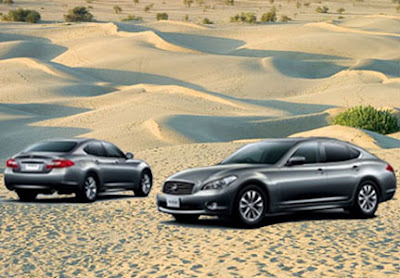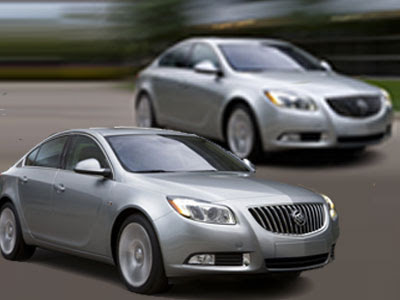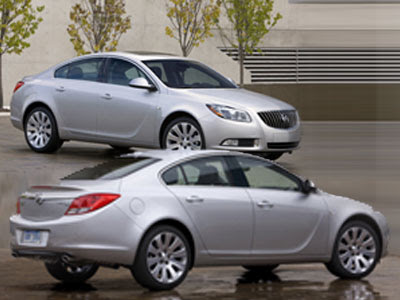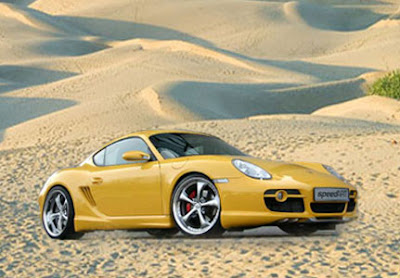B. NATURAL TOURIST ATTRACTIONS

London is the capital of England and the United Kingdom. It has been a major settlement for two millennia, and the history of London goes back to its founding by the Romans, when it was named Londiniu. London's core, the ancient City of London, the 'square mile', retains its medieval boundaries. Since at least the nineteenth century, the name "London" has also referred to the metropolis developed around it. Today, the bulk of this conurbation forms the London region and the Greater London administrative area, with its own elected mayor and assembly.

London is a major global city and one of the world's largest financial centers. Central London is home to the headquarters of more than half of the UK's top 100 listed companies (the FTSE 100) and more than 100 of Europe's 500 largest. London's influence in politics, finance, education, entertainment, media, fashion, the arts and culture in general contributes to its global position. It is a major tourist destination for both domestic and overseas visitors. London hosted the 1908 and 1948 Summer Olympics and will host the 2012 Summer Olympics.
HISTORY OF PARIS
Paris is the capital of France and the country's most populous city. It is situated on the river Seine, in northern France, at the heart of the Île-de-France region (also known as the "Paris Region"; French: Region parisienne). The city of Paris, within its administrative limits largely unchanged since 1860, has an estimated population of 2,203,817 (January 2006), but the Paris aire-urbaine (or metropolitan area) has a population of 11,769,433 (January 2006), and is one of the most populated metropolitan areas in Europe.

An important settlement for more than two millennia, Paris is today one of the world's leading business and cultural centers, and its influence in politics, education, entertainment, media, fashion, science and the arts all contribute to its status as one of the world's major global cities. Paris is one of the most popular tourist destinations in the world, with 45 million tourists every year in the Paris Region, 60% of who are foreign visitors. There are numerous iconic landmarks among its many attractions, along with world-famous institutions and popular parks.

During that time, the city was the leading center for finance and diamonds. In the 19th and 20th centuries, the city expanded and many new neighborhoods and suburbs were formed. The city is the financial and cultural capital of the Netherlands. Many large Dutch institutions have their headquarters there, and 7 of the world's top 500 companies, including Philips and ING, are based in the city. The Amsterdam Stock Exchange, the oldest stock exchange in the world is located in the city centre. Amsterdam's main attractions, including its historic canals, the Rijksmuseum, the Van Gogh Museum, Hermitage Amsterdam, Anne Frank House, its red-light district, and its many cannabis coffee shops draw more than 3.66 million international visitors annually, as of 2009.
HISTORY OF ENGELBERG
• Engel-berg is a village in the canton of Obwalden in Switzerland. Engelberg has a population (as of 2008) of 3,721, of which 21.0% are foreign nationals.

Visit jeff surriname for Daily Updated Hairstyles Collection
















































